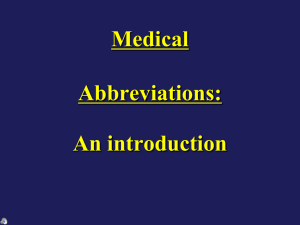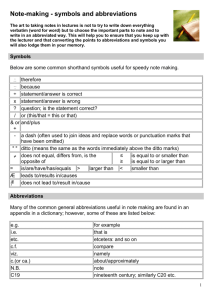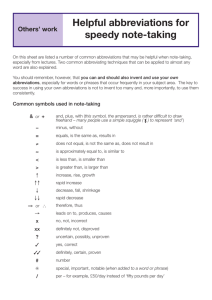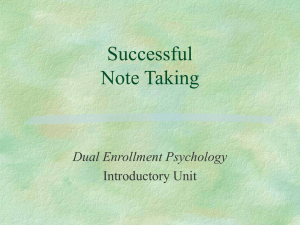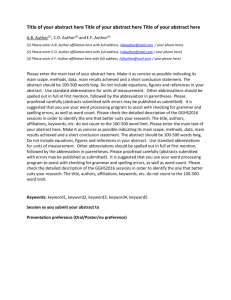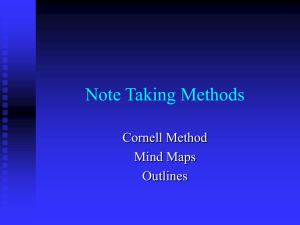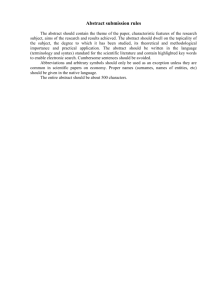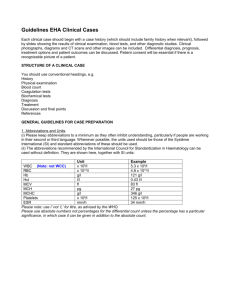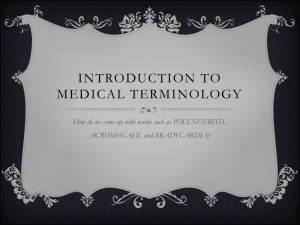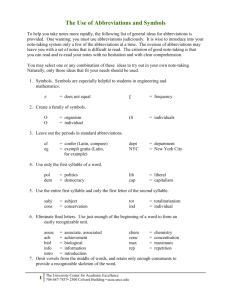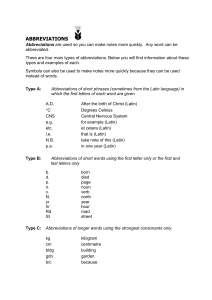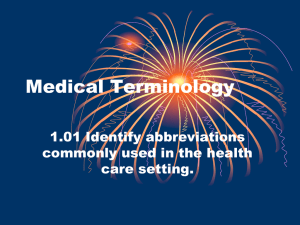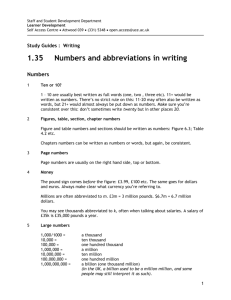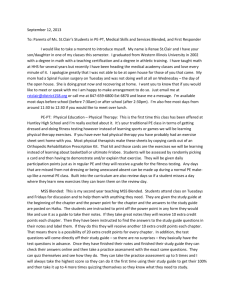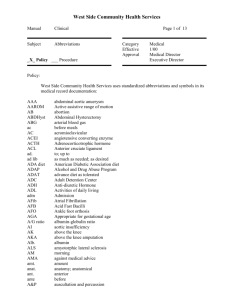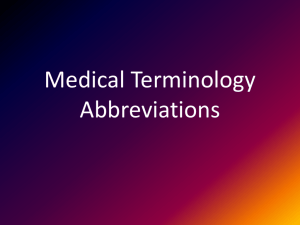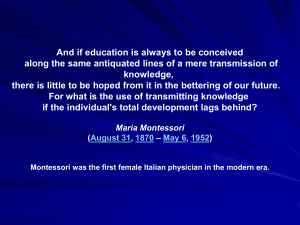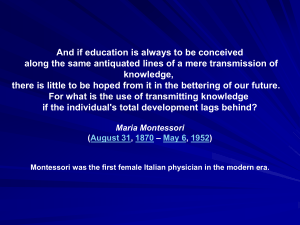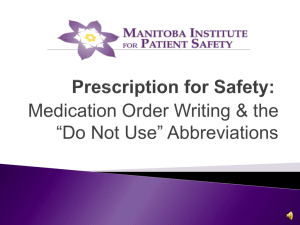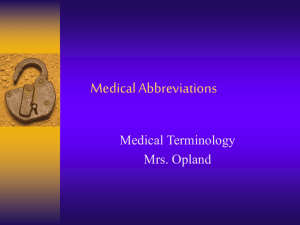Topic: Notetaking
advertisement
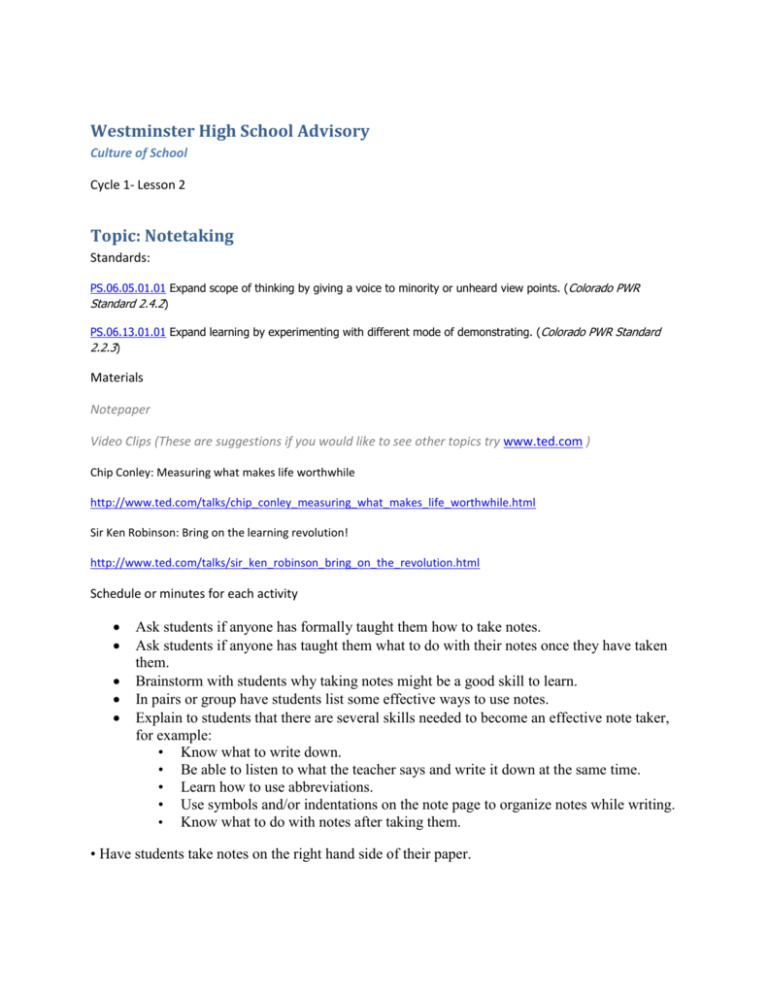
Westminster High School Advisory Culture of School Cycle 1- Lesson 2 Topic: Notetaking Standards: PS.06.05.01.01 Expand scope of thinking by giving a voice to minority or unheard view points. (Colorado PWR Standard 2.4.2) PS.06.13.01.01 Expand learning by experimenting with different mode of demonstrating. (Colorado PWR Standard 2.2.3) Materials Notepaper Video Clips (These are suggestions if you would like to see other topics try www.ted.com ) Chip Conley: Measuring what makes life worthwhile http://www.ted.com/talks/chip_conley_measuring_what_makes_life_worthwhile.html Sir Ken Robinson: Bring on the learning revolution! http://www.ted.com/talks/sir_ken_robinson_bring_on_the_revolution.html Schedule or minutes for each activity Ask students if anyone has formally taught them how to take notes. Ask students if anyone has taught them what to do with their notes once they have taken them. Brainstorm with students why taking notes might be a good skill to learn. In pairs or group have students list some effective ways to use notes. Explain to students that there are several skills needed to become an effective note taker, for example: • Know what to write down. • Be able to listen to what the teacher says and write it down at the same time. • Learn how to use abbreviations. • Use symbols and/or indentations on the note page to organize notes while writing. • Know what to do with notes after taking them. • Have students take notes on the right hand side of their paper. • Have students pair-share their notes with a partner and encourage them to add to their notes if they missed any information. Train students to use a different color of ink when they add to their notes so that they can see what they missed. • Survey the class to see if anyone used abbreviations and share those with the whole class. The teacher can distribute a list of commonly used abbreviations to students, but students can also begin to create their own list of abbreviations. Asking how students use abbreviations in “instant messaging” and texting may help them to understand this concept. • Have students highlight the main idea(s) and key words. • Teach students how to use the questioning column. Students generate questions that can be answered with their notes on the right, and may be possible test or quiz questions. • Students write one to three questions. • Have some students share their questions with the whole class. (There should be duplication and/or overlap). As students become familiar with Bloom’s or Costa’s higher levels of questioning, you may require that they include the higher-level questions in their notes. Initially students will most likely write level one or two questions. . • Teacher shares his/her summary to model for students. Teacher describes how the summary provides a “big picture” and ties the main ideas together to reflect learning. • Students work in pairs or individually to write their summaries. • Students share their summaries with the whole class. As they do this take time to point out which parts are the most effective. Teaching students effective summarizing will take time, but ultimately this skill will improve their writing overall.

